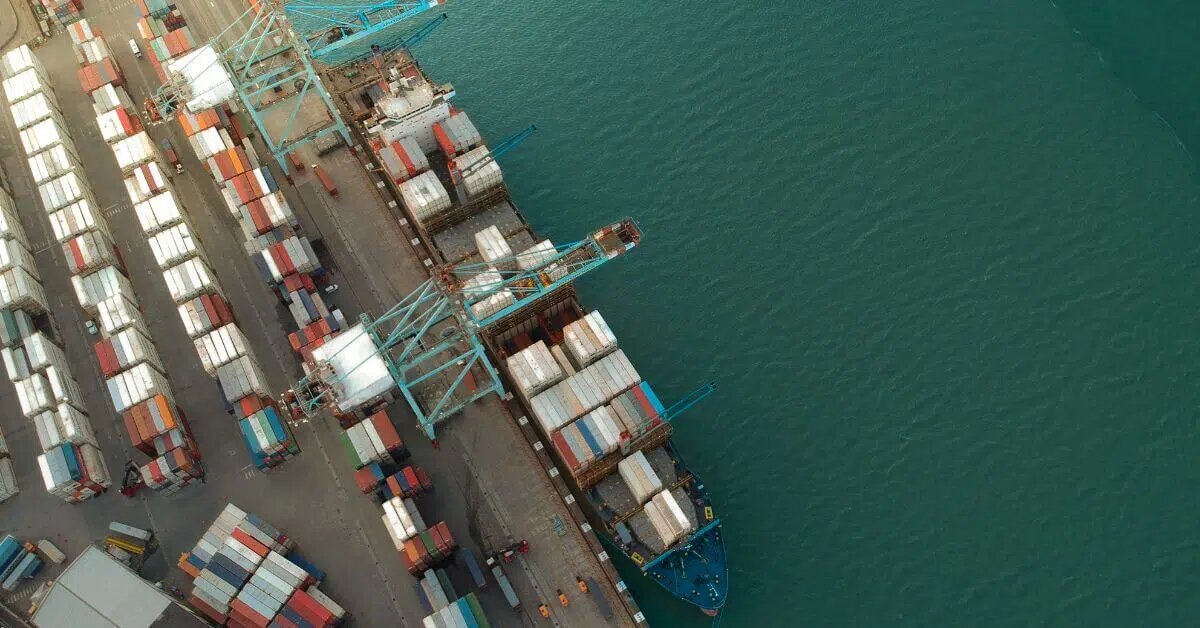1. Port Administration Updates
1.1 New Electronic Reporting System (Effective 1 Jan 2025):
– Mandatory use of China MSA’s e-Maritime System (v2.3) for all documentation
– Required submissions:
* 72h pre-arrival for vessels >10,000 GT (FAL Form 1-6)
* 24h pre-arrival for others
* Real-time updates for dangerous goods
– Non-compliance penalty: $5,000 per violation or detention
1.2 Revised Port Dues Structure (Circular No. SP-2024-28):
– Environmental incentives:
* 15% discount for Tier III emission vessels
* 10% discount for vessels with shore power capability
– New congestion charges:
* $0.25/GT during peak periods (07:00-19:00)
* $0.40/GT for container vessels during weekend peaks
– Security surcharge: $0.05/GT for all international vessels
2. Navigation Safety Updates
2.1 Radar Surveillance and VTS (Notice to Mariners 45/2024):
– Extended coverage area: 22°30’N to 22°50’N / 113°40’E to 114°50’E
– Mandatory equipment:
* Operational AIS Class A
* VHF DSC capability
* LRIT compliance
– New reporting points:
* Yantian Approach: 22°40’00″N 114°25’00″E
* Shekou Fairway: 22°30’00″N 113°55’00″E
2.2 Channel Restrictions:
– Dredging operations (Until 31 Dec 2024):
* Yantian approach: Reduced width to 200m (22°36’N 114°22’E)
* Chiwan channel: Depth temporarily reduced to 14.5m
– Navigation prohibitions:
* No vessels >300m LOA during night (20:00-06:00)
* No overtaking in critical bends (marked on charts)
3. Cargo Handling Requirements
3.1 Container Operations:
– Weight verification (VGM):
* Tolerance: ±5% or 1 tonne (whichever smaller)
* Mandatory submission timeline:
> Export: 24h before loading
> Transshipment: 12h before transfer
– Stowage requirements:
* Dangerous goods: Minimum 3 tiers apart from foodstuffs
* Reefer containers: Priority slots within 50m of power points
3.2 Dangerous Goods Handling (DG Code 2024):
– Prohibited substances:
* IMO Class 4.3 (water-reactive) without special permit
* UN3480 (Lithium batteries) without test report
– Segregation requirements:
* Class 2.1/5.1: 10m minimum separation
* Class 3/8: 6m separation with barrier
– Emergency response:
* Dedicated DG team standby: +86 755 8445 6777
* Mandatory pre-berth safety meeting
4. Anchorage Management
4.1 Anchorage Allocation:
– Dynamic booking system (PortGIS 3.0):
* Minimum booking duration: 6 hours
* Priority tiers:
1. Emergency vessels
2. Tier III emission vessels
3. Regular commercial vessels
– New fees:
* Peak season surcharge (Jul-Oct): 20%
* Short-notice booking (<12h): 50% premium
4.2 Emergency Anchorages:
– Designated areas:
* Yantian: 22°38’00″N 114°20’00″E (Depth 20-25m)
* Shekou: 22°29’00″N 113°53’00″E (Depth 15-18m)
– Usage rules:
* Maximum 12h stay
* Port Control permission required
* Tug standby mandatory for vessels >150m LOA
5. Pilotage and Tug Services
5.1 Pilotage Requirements:
– Boarding points:
* Yantian: 22°40’00″N 114°25’00″E (new)
* Shekou: 22°30’00″N 113°56’00″E
– Helicopter transfer:
* Available for vessels >300m LOA
* Fee: $2,500 (weather permitting)
5.2 Tug Assistance:
– Bollard pull standards:
* <50,000 GT: 40t (minimum) * 50,000-150,000 GT: 60t * >150,000 GT: 80t
– Special requirements:
* LNG carriers: 2 escort tugs + 1 standby
* VLCCs: 3 assisting tugs for berthing
6. Environmental Regulations
6.1 Emission Control:
– Fuel requirements:
* Port area (24nm): ≤0.10% sulfur
* At-berth: ≤0.05% (1h after arrival)
* Cold ironing mandatory for container ships >5,000 GT
– Monitoring:
* Drone surveillance for visible emissions
* Fuel sampling for 10% of vessels
6.2 Ballast Water:
– Compliance standards:
* D-2 standard mandatory (no exemptions)
* Port State Control sampling increased
– Reception facilities:
* Capacity: 50,000m³/day
* Advance notice: 48h required
* Fee: $0.50/m³
7. Crew and Vessel Safety
7.1 Gangway Standards:
– Structural requirements:
* Width: ≥1.0m for vessels >200m LOA
* Safety net: Full perimeter coverage
* Lighting: Minimum 100 lux
– Operational limits:
* Maximum angle: 30°
* Wind limit: 15m/s
7.2 Emergency Preparedness:
– Equipment checks:
* Lifeboats: Monthly drills recorded
* Immersion suits: 110% complement
* EPIRB: Tested within 24h of arrival
– New requirements:
* Anti-piracy barriers for high-risk areas
* Cybersecurity audit for ECDIS systems
8. Port Facility Security
8.1 ISPS Compliance:
– Security levels:
* Level 1: All container terminals
* Level 2: During national holidays
– Prohibited items:
* All drones (including commercial)
* Certain communication devices
8.2 Cyber Security:
– Mandatory measures:
* ECDIS updates before entry
* No USB devices for chart updates
* Network segregation requirements
– Annual audit:
* Conducted by approved firms
* Certificate valid for 1 year
9. Commercial Operations
9.1 Cargo Documentation:
– Electronic processing:
* e-B/L mandatory (no paper)
* Blockchain verification for DG
– Customs clearance:
* Pre-arrival submission required
* Random inspection rate: 5%
9.2 Free Time Policy:
– Container dwell time:
* 5 days free (reduced from 7)
* Demurrage: $120/TEU/day after
– Bulk cargo:
* 72h free time (excl. weekends)
* $80/MT/day thereafter
10. Special Notices
10.1 Military Exercise Areas:
– Temporary exclusion zone: 22°50’N 114°40’E to 23°00’N 114°50’E
– Active periods: 1st week of each month
– Navigation warnings issued via NAVTEX
10.2 Submarine Cable Protection:
– No anchoring within 0.5nm of cable routes
– Cable repair vessels have right of way
– Damage liability: Minimum $5 million per incident
Emergency Contacts
1. Port Control: VHF Ch 12/16 | +86 755 8445 6111
2. Medical Emergency: +86 755 120 (English speaking)
3. Pollution Response: +86 755 8445 6228 (24h)
4. Security Breach: +86 755 8445 6999
5. Pilot Station: VHF Ch 13 | +86 755 8445 6333





